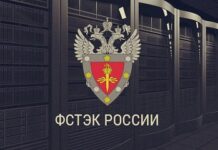Simultaneously watchdogs and advisors, internal auditors typically perform two separate but inter-related functions within organizations. In their assurance capacity, they evaluate and document the effectiveness of processes associated with risk management, governance, and control (an example of a control process would be the division of the steps of procurement among employees to minimize the risk of impropriety in the purchase function). Then, they draw on the breadth of their organizational understanding to advise top managers about areas they should target for improvement, streamlining, or growth.
Clear escalation and reporting mechanisms, coupled with abundant research in the area, help to clarify how internal auditing works within the private sector. Its operation within the public sector, on the other hand, is still an enigma—one that Ouafa Sakka (Associate Professor, Accounting) has been trying to unlock with the support of a SSHRC Insight Development Grant.
Published research in the general area is scarce, and there is limited knowledge about the structure of public sector internal auditing in Canada, which is comprised of two units: (i) the internal auditors (IAs) and Chief…
































